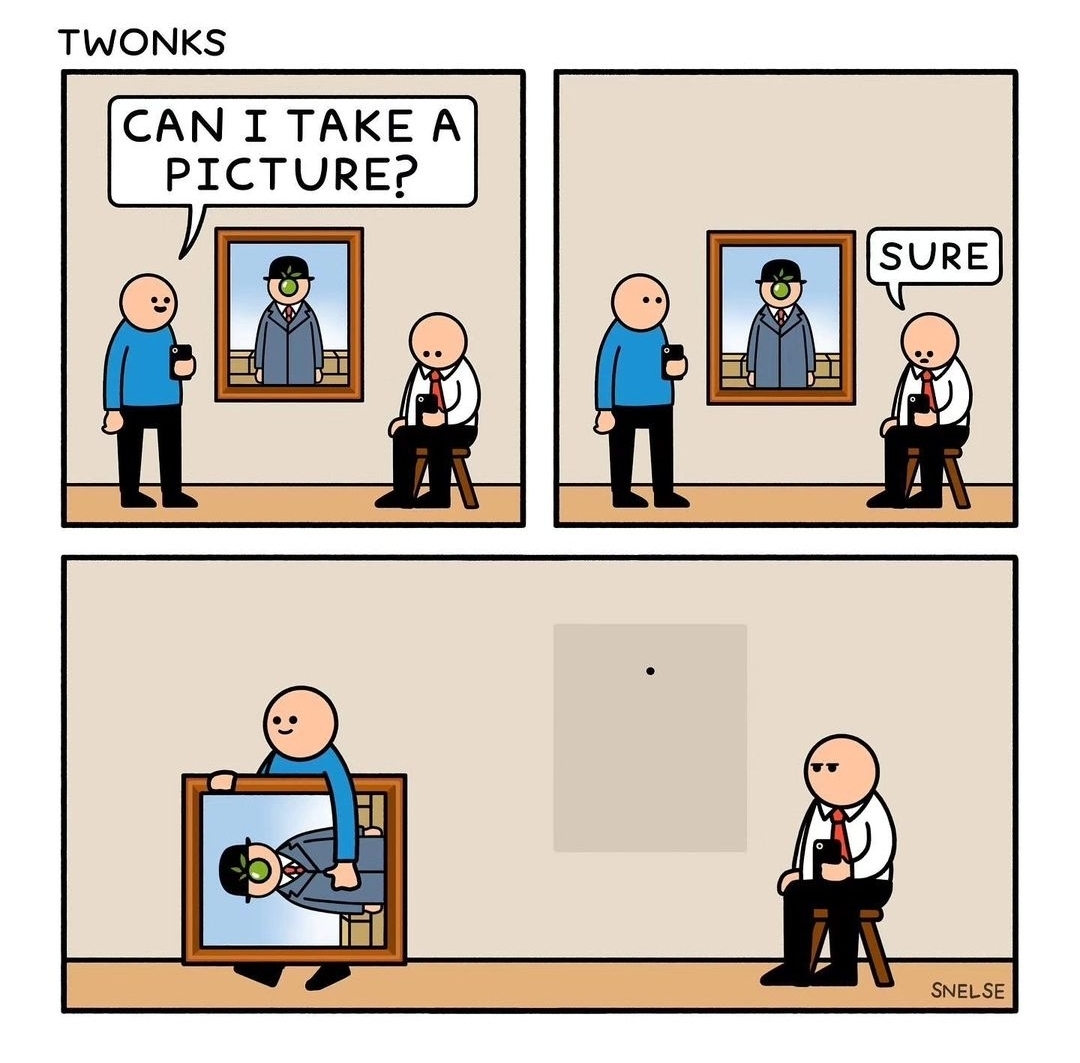Butterfly kisses are a thing.
Zaraki42
joined 4 weeks ago
Why not?
Valheim.
I am high and I thought it was a lake.

I can relate. It's hard to tell but there are both cormorant and vultures in the tree.
What a fucking moron.
Yes they have. They used to be loose and dangling, now they are solid.
It's just a meme. My life is actually fantastic but thanks for your concern. You're a good person. 😊
In Canada, we have a few scenarios available but generally, even if you have to pay after your session, it is reimbursed by our health insurance.
We don't pay up front, though.
view more: next ›












Solution:
Initial speed = 0.5c (half the speed of light) Deceleration = 34.56% per second
Let's calculate the distance traveled by the right-most point of the object:
We'll use the formula for distance under constant acceleration (or deceleration):
d = v0 * t + (1/2) * a * t^2
However, since the deceleration is given as a percentage, we'll calculate the average speed over the time period.
Average speed = (initial speed + final speed) / 2
To find the final speed, we'll calculate the speed at each second and then find the average.
Let's simplify the calculation:
Speed reduction per second = 34.56% Final speed = 149,896.229 km/s * (1 - 0.3456)^45.23 ≈ 0 km/s (due to rapid deceleration)
Given the rapid deceleration, the object would likely come to a stop before 45.23 seconds. Let's estimate the average speed:
Average speed ≈ (149,896.229 km/s + 0 km/s) / 2 ≈ 74,948.1145 km/s
Now, calculate the distance:
d = average speed * time ≈ 74,948.1145 km/s * 45.23 s ≈ 3,390,911 km
However, this calculation assumes constant deceleration and average speed. Given the complexity and rapid deceleration, this approximation might not be entirely accurate.
Considering the object's length (2520 km), if the left-most point starts at point A, and the right-most point reaches point B after 45.23 seconds, the distance between points A and B would be approximately:
Distance ≈ d - object's length ≈ 3,390,911 km - 2520 km ≈ 3,388,391 km
Keep in mind that this calculation involves approximations due to the complexity of the problem.